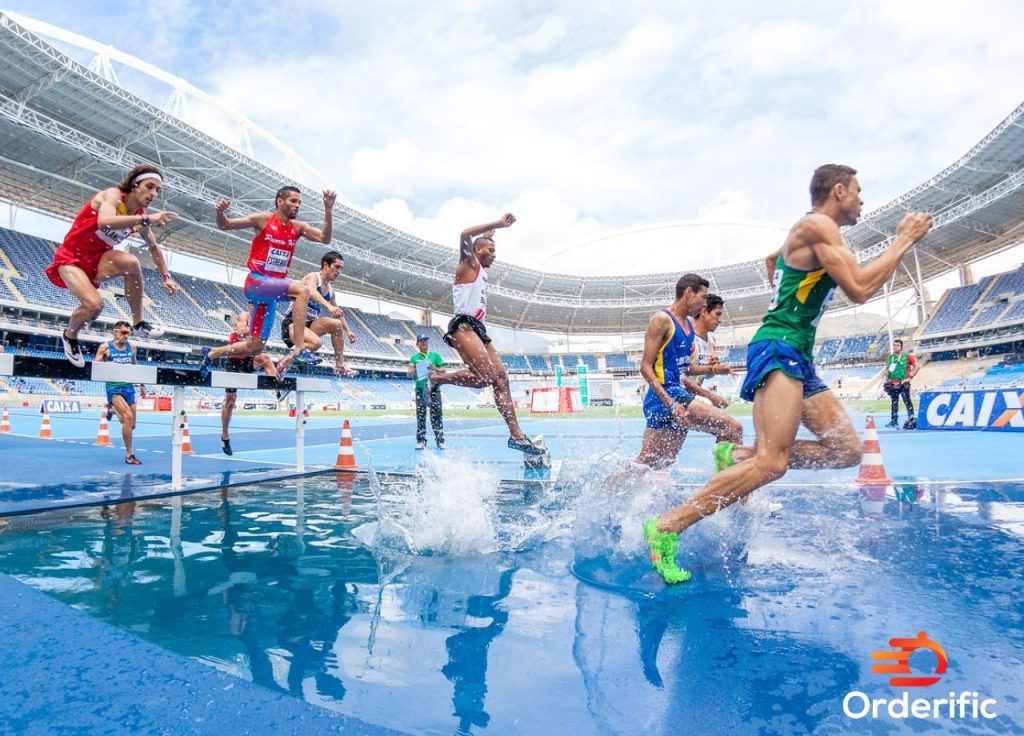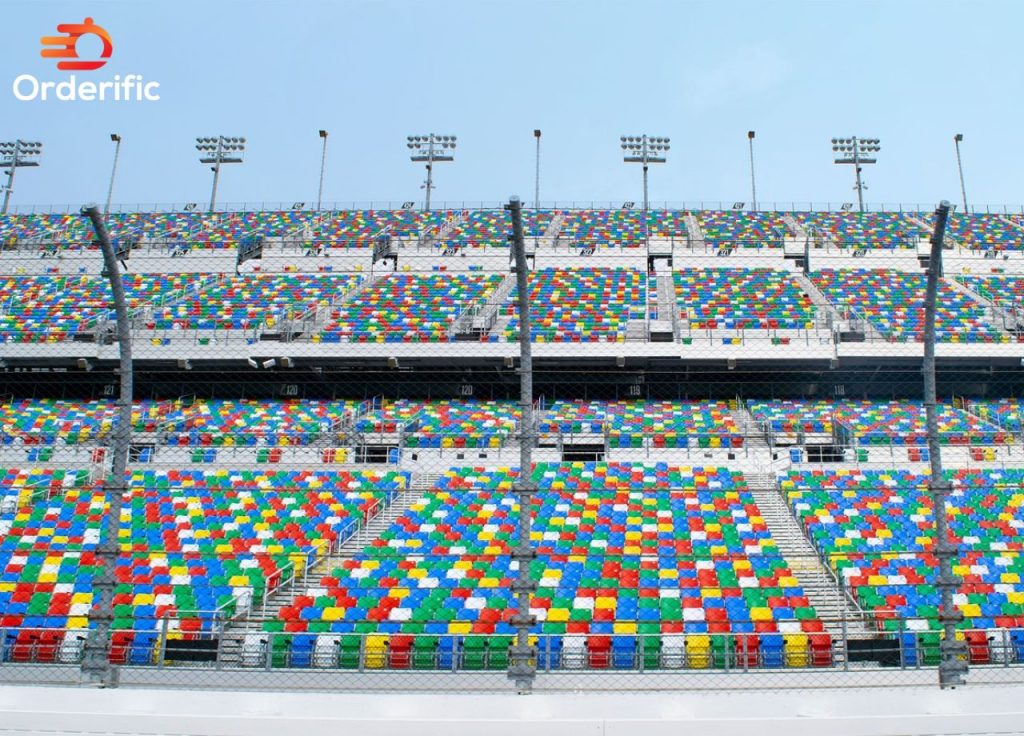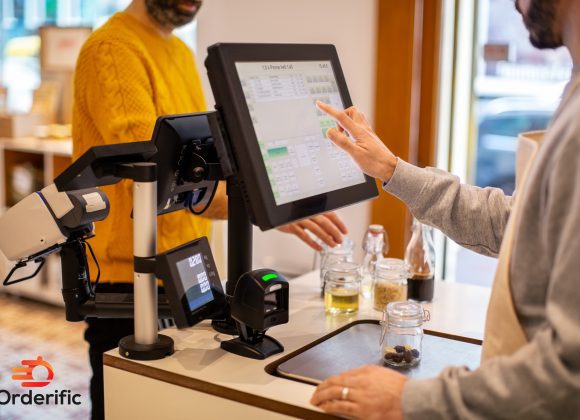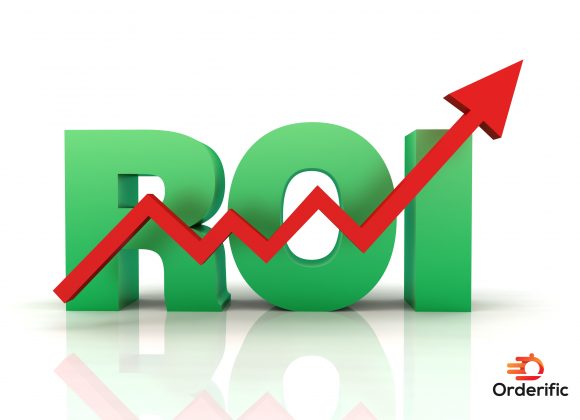Sports facility management plays a pivotal role in ensuring the safety of athletes, sports enthusiasts, and staff members. To maintain safety, protocols, and standards need to be set in place. These protocols can vary from establishing proper emergency exits to routine equipment maintenance schedules. Adherence to these safety measures helps to prevent accidents and mitigate potential risks. In addition, staying up-to-date with the latest safety standards is critical to providing a secure environment in safety standards in sports facilities. Each sports facility must take safety seriously to ensure the safety of visitors and staff.
Sports Facilities Advisory: Safety Guidelines
Sports facilities are crucial for developing athletes and communities. However, such amenities can also pose potential dangers to its users. That’s where safety guidelines come in. The safety and well-being of sports facility users are supported by implementing data-driven approaches to safety protocols and guidelines. Information such as injury reports, emergency response effectiveness, and equipment analysis can help establish efficient safety standards. With a focus on data and evidence, sports facilities can reinforce their safety efforts and provide a safe environment for athletes to thrive in safety standards in sports facilities.
As we continue to participate in sports and other physical activities, it’s important to consider the safety measures in place at the facilities we use. Sports facilities advisory services provide essential guidance to create and maintain safe environments for athletes and participants. By compiling data on injury trends and potential hazards, these advisors can recommend changes or upgrades to facilities and equipment that can help prevent accidents. By prioritizing sports safety, we can ensure that everyone can enjoy the benefits of physical activity without risking unnecessary harm.
Security Cameras
Ensuring public space security is crucial in modern society, with security cameras playing a vital role. Sports facilities attract large crowds and captivate individuals. Security cameras at sports facilities help deter criminals and prevent unruly behavior, creating a safer environment. They provide valuable footage that can be used as evidence in the event of an incident. The data collected from these cameras can be analyzed to identify patterns, enhancing security measures and preventing harmful situations in safety standards in sports facilities. Security cameras at sports facilities greatly aid in ensuring the safety of athletes, spectators, and staff.

Regular Maintenance
Regular maintenance is a crucial aspect of managing a sports facility. The data shows that facilities that undergo consistent upkeep tend to have a longer lifespan and incur fewer costly repairs. To maintain the facility’s pristine condition, it is imperative to conduct regular inspections and adhere to a routine cleaning schedule. This diligent approach ensures optimal upkeep and functionality. By prioritizing athlete and visitor safety, we maintain the value of the property. Regular maintenance prevents unexpected repairs and ensures uninterrupted training and competition in the long run.
Customer Safety
When it comes to safety in sports facilities, data is essential. Keeping track of potential hazards and incidents can help identify areas for improvement and prevent future accidents. It’s not just about providing a safe environment – it’s about continuously monitoring and assessing risks. By collecting and analyzing data on customer safety, sports facilities can address any issues promptly and effectively. Not only does this ensure customer protection, but it also elevates the overall visiting experience by enhancing facility standards. Data plays a crucial role in ensuring the safety of those who use sports facilities.
Secure Equipment Storage
In today’s world, data security is more important than ever. For sports facilities, this includes secure equipment storage. Keeping equipment safe from theft or damage can make a huge difference in a team’s success on the field or court. But it’s not just about physical security; protecting data is also critical. With the rise of technology in sports, equipment can be embedded with sensitive information or connected to networks vulnerable to cyber attacks. Sports organizations must ensure that all equipment is secure, both physically and digitally, to maintain their competitive edge.
Facility Planning at Sports Facilities Advisory
Sports Facilities Advisory is a crucial component when it comes to ensuring the safety of athletes. With the rise of sports-related injuries, particularly in younger athletes, the importance of having up-to-date and secure facilities has become paramount. To address these concerns, many sports organizations have turned to data-driven solutions that provide insights into the overall safety and effectiveness of their facilities. By analyzing the data collected from extensive evaluations, they can ensure that the facilities are meeting safety requirements and are optimized for performance. This proactive approach to maintaining and continually improving sports facilities is crucial in providing optimal safety for athletes of all ages and skill levels.
Conclusion Data plays a vital role in facility planning, especially in the field of sports facilities. At Sports Facilities Advisory, the team relies heavily on data to make informed decisions regarding the development, design, and operation of sports facilities. The combination of data-driven analysis, expertise, and creativity allows the team to create sports facilities that are not only attractive but also functional and financially viable. This approach has helped numerous clients achieve their goals by optimizing their facility design, maximizing their revenue, and ensuring a positive customer experience. With the ever-evolving sports industry, the use of data has become even more crucial in making informed and successful decisions for sports facility planning.

Conclusion
Based on the data collected, the conclusion can confidently be drawn that having access to a high-quality sports facility can have a significant impact on overall health and well-being. The numbers show that individuals who regularly utilize such facilities are more likely to lead active lives and have lower rates of chronic illnesses. Moreover, sports facilities provide a space for individuals to come together and form communities around shared interests and goals. With this information in mind, it’s clear that investing in sports facility infrastructure can have far-reaching benefits that extend beyond just physical health. Schedule a FREE DEMO today to explore how Orderific can revolutionize your restaurant operations. Embrace the future, where technology harmonizes with tradition, and experience the incredible impact with Orderific.
FAQs
What safety measures are implemented to ensure athlete well-being in sports facilities?
Safety measures can vary, but some common protocols include regular maintenance schedules, adherence to safety guidelines and standards.
How does Sports Facilities Advisory incorporate data into its facility planning process?
At Sports Facilities Advisory, data is at the core of their facility planning process.
Are there emergency response protocols in place for unexpected situations in sports facilities?
Yes, emergency response protocols are an essential part of safety measures in sports facilities.
How often are safety inspections conducted to maintain standards in sports facilities?
Safety inspections should be conducted regularly, preferably on a routine schedule.













